15 Crazy Predictions About The Year 2000 Made In The 1950s
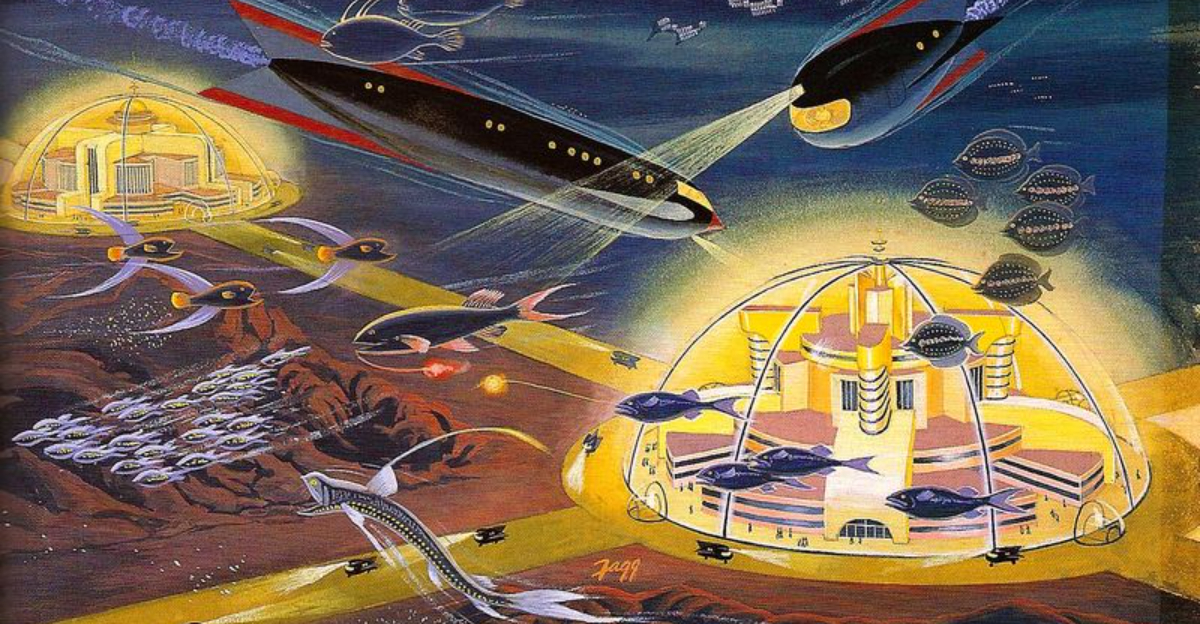
The 1950s was a time when the future looked incredible—like jetpacks and robot butlers were just around the corner. With the world emerging from the shadow of World War II and technology leaping forward, a wave of postwar optimism swept across the globe.
Scientists, writers, and futurists dreamed big, painting bold visions of what life would be like by the year 2000. Some predictions were shockingly spot-on—think video calls and smart homes. Others? Well, let’s just say we’re still waiting on our personal flying cars and meal-in-a-pill dinners.
From cities under glass domes to vacations on the moon, these forecasts captured the wide-eyed excitement of a generation convinced that anything was possible. It was a time when science fiction felt like it might become science fact any day now.
žSo buckle up, space cadets—let’s take a nostalgic cruise through the wacky, wonderful “tomorrow” the 1950s promised us!
1. Flying Cars For Everyone
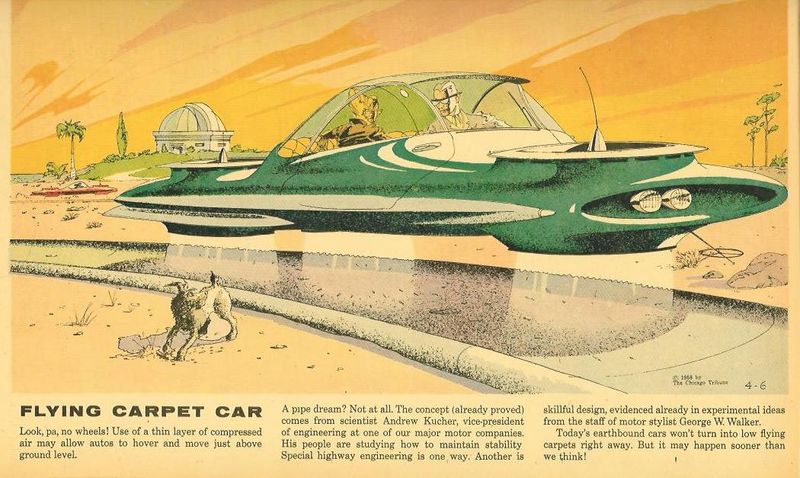
I remember my grandfather showing me his old Popular Mechanics magazines, filled with images of sleek flying cars zooming between skyscrapers. These weren’t just sci-fi fantasies—they were serious predictions! Engineers in the 1950s genuinely believed we’d all be piloting personal aircraft by 2000, eliminating traffic jams forever.
The standard family vehicle would take off vertically from your driveway, powered by small nuclear reactors or advanced batteries. No more road rage, just sky rage! Companies actually invested millions in prototypes, convinced the technology was just around the corner.
The prediction failed to consider the enormous infrastructure challenges, air traffic control nightmares, and the sobering reality that most of us can barely handle driving in two dimensions, let alone three. Though we got close with helicopters and small planes, the dream of a flying Chevrolet in every garage remains firmly grounded.
2. Robot Housekeepers Would Do All Chores

Whenever I clean my house, I think about how the 1950s promised me a robot would be doing this by now! Mechanical maids were predicted to become household standards by 2000, handling everything from cooking breakfast to washing windows. These robot servants wouldn’t just vacuum—they’d manage the entire home.
Illustrations showed humanoid machines in aprons serving cocktails to relaxed homeowners who never had to lift a finger. The robots would supposedly recognize family members, respond to voice commands, and even develop personalities (hopefully pleasant ones).
While we did get Roombas and smart home devices, we’re still waiting for that humanoid butler to mix our martinis. The prediction drastically underestimated the complexity of creating machines that could navigate unpredictable home environments and perform the countless subtle tasks that make up housekeeping. Sorry, Rosie from The Jetsons remains science fiction!
3. Weather Control Stations Would End Bad Weather

The summer of ’54 brought a devastating hurricane to my hometown, so news about future weather control felt like a miracle. By 2000, many experts predicted we’d have weather control stations positioned around the globe, eliminating unpleasant weather forever! Valdemar Kaempffert, science editor for The New York Times, seriously suggested we could neutralize hurricanes by igniting massive oil fires in the ocean.
These would create updrafts to disrupt storm patterns! Other scientists proposed cloud-seeding on an industrial scale to ensure rain only fell at night or in designated agricultural zones. Imagine scheduling perfect weather for your weekend barbecue!
While we have achieved limited success with cloud-seeding for rainfall, the grand vision of weather mastery remains elusive. Mother Nature proved far more complex than the optimistic scientists anticipated. Instead of controlling weather, we’re now focused on mitigating the climate changes we accidentally created. Whoops!
4. Underwater Cities Would House Millions

My oceanography professor once showed us vintage illustrations of the underwater cities we were supposed to be living in by now. Prominent futurists like Isaac Asimov confidently predicted that by 2000, humanity would establish vast metropolises beneath the waves! These aquatic communities wouldn’t be primitive outposts—they’d be luxurious cities with glass domes, artificial sunlight, and specialized agriculture.
Population pressure and land scarcity would supposedly drive us to colonize continental shelves worldwide. Special submarines would shuttle residents to the surface for occasional visits to the increasingly quaint land-dwellers.
While we do have underwater hotels and research stations, the massive technical hurdles of pressure, construction, and emergency evacuation kept this wet dream from becoming reality. Plus, it turns out most people prefer homes where you don’t need decompression chambers between neighborhoods! The closest we’ve come is underwater restaurants where you can eat seafood while watching its relatives swim by.
5. Strawberries The Size Of Apples
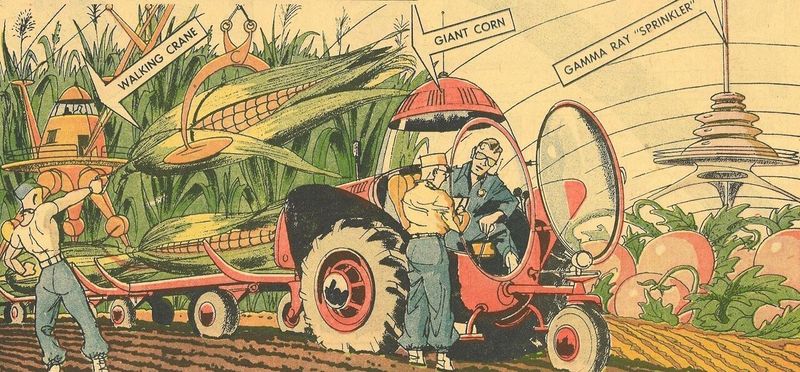
Growing up on a farm, I laughed when my dad showed me old magazines predicting future fruits. John Elfreth Watkins Jr. made perhaps the most delicious prediction of the 1950s: by 2000, genetic engineering would create strawberries the size of apples and peas as big as beets! Scientists genuinely believed we’d routinely feast on massive produce that would make today’s organic section look miniature.
Illustrations showed children struggling to carry single berries and families sharing one enormous tomato for dinner. These super-sized crops would supposedly end world hunger while reducing agricultural land use. While we have indeed increased crop yields dramatically through selective breeding and genetic modification, the physics and biology of plant cells created natural limitations.
Large fruits tend to lose flavor intensity and structural integrity. We discovered it’s better to grow more normal-sized strawberries than fewer giant ones that taste like water. Though I still occasionally dream of strawberry shortcake made with a single berry!
6. Mars Colonies With Alien Neighbors

Last Halloween, I dressed as a 1950s Martian—green skin, antenna, the works—inspired by what people once thought we’d find there. Robert Heinlein and other influential voices of the 1950s didn’t just predict we’d visit Mars by 2000—they expected we’d establish colonies alongside intelligent Martian species! The Red Planet was imagined to host civilizations with their own languages, technologies, and social structures.
We would establish diplomatic relations, trade agreements, and cultural exchanges with these beings. Some predictions even suggested intermarriage between humans and Martians would become common by the millennium’s end!
Reality proved less sociable but no less fascinating. While our rovers have found evidence of water and potential microbial habitats, the intelligent Martians remain elusive. The prediction failed to account for Mars’ harsh radiation, thin atmosphere, and lack of liquid water on the surface. Our relationship with Mars has become one of scientific exploration rather than neighborly visits, though Elon Musk hasn’t given up on that colony idea yet!
7. Nuclear-Powered Cars And Appliances
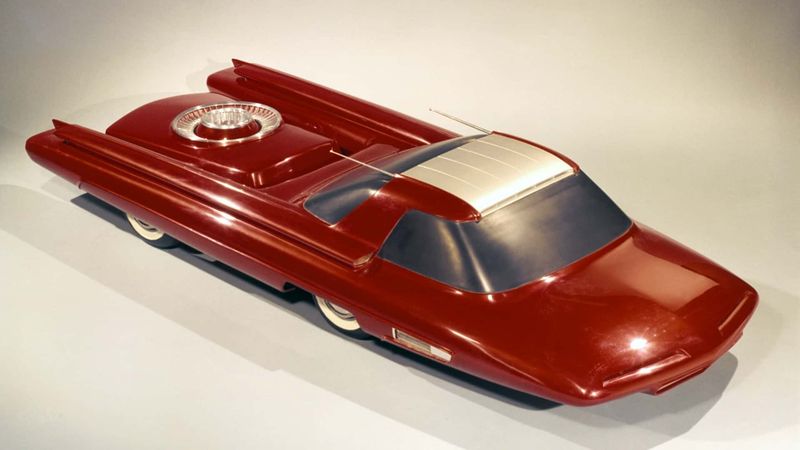
My uncle still has an advertisement promising nuclear-powered cars would be standard by 2000. “Atoms for peace” wasn’t just a slogan—it was a prediction that nuclear energy would power everything from automobiles to vacuum cleaners! Engineers in the 1950s, flush with atomic optimism, imagined we’d all have personal nuclear reactors providing nearly free electricity.
Your car would run for years on a uranium pellet the size of a pea. Home appliances would contain tiny reactors, eliminating power cords and electric bills forever. Ford actually designed a concept car called the Nucleon that would run on nuclear power!
The pesky problems of radiation shielding, waste disposal, and the catastrophic potential of accidents eventually dampened this radioactive enthusiasm. While nuclear power did become important for electricity generation and naval vessels, the dream of a nuclear toaster in every kitchen thankfully remained unrealized. Can you imagine the recall notices? “Warning: Your blender may be causing mutation in neighborhood pets.”
8. Three-Hour Workdays Thanks To Automation
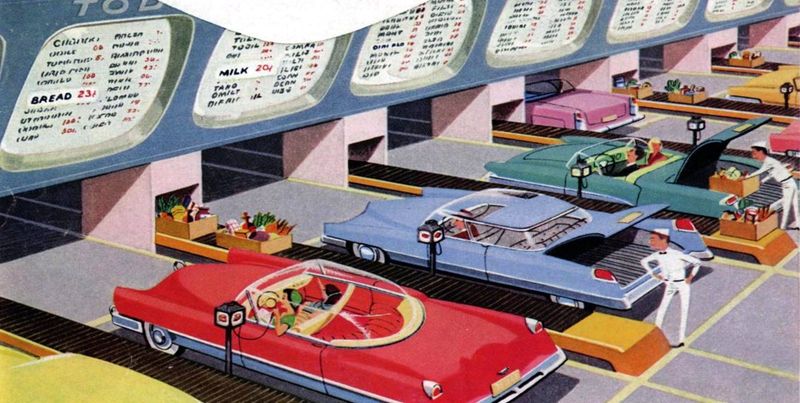
Whenever I’m working late, I remember the broken promise of three-hour workdays. Labor experts in the 1950s confidently predicted that by 2000, automation and computers would reduce the average workweek to just 15-20 hours, creating an unprecedented leisure society! The thinking went that robots and electronic brains would handle most production tasks, while humans would mainly supervise and perform creative work.
Major concerns included how people would fill their abundant free time and whether boredom might become a serious social problem. Some economists suggested universal basic incomes would become necessary as work became optional. While productivity has indeed skyrocketed since the 1950s, the workweek has remained stubbornly consistent.
Instead of working less, we simply produce and consume more. The prediction failed to account for expanding consumer desires, globalization, and capitalism’s tendency to create new forms of work rather than eliminate it. So much for spending my afternoons playing golf or learning watercolor painting—I’ve got emails to answer!
9. Disposable Paper Clothing For Everyone
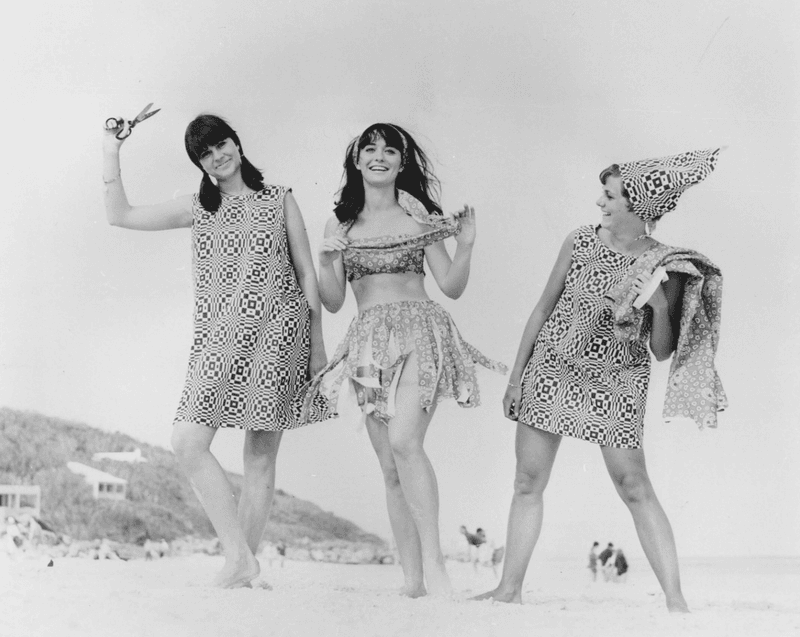
I once found my grandmother’s fashion magazine from 1956 predicting we’d all be wearing paper clothes by 2000. Laundry day? How quaint! According to futurists, disposable paper clothing would eliminate washing machines, ironing, and clothing storage entirely. These weren’t supposed to be flimsy hospital gowns, but stylish garments made from advanced paper composites that could be worn for a day then discarded.
Wardrobes would consist of inexpensive, brightly colored outfits that would change daily. Some predictions even suggested built-in perfumes and medications that would release throughout the day! While paper dresses briefly became a novelty in the 1960s, the prediction underestimated our attachment to durable, comfortable fabrics and the environmental impact of disposable fashion.
The closest we’ve come is the fast fashion industry, which has its own sustainability problems. The prediction also failed to foresee the development of synthetic fabrics that are easy to clean. Though I must admit, tossing my clothes in the trash instead of doing laundry still sounds tempting sometimes!
10. Pills Instead Of Cooking Full Meals
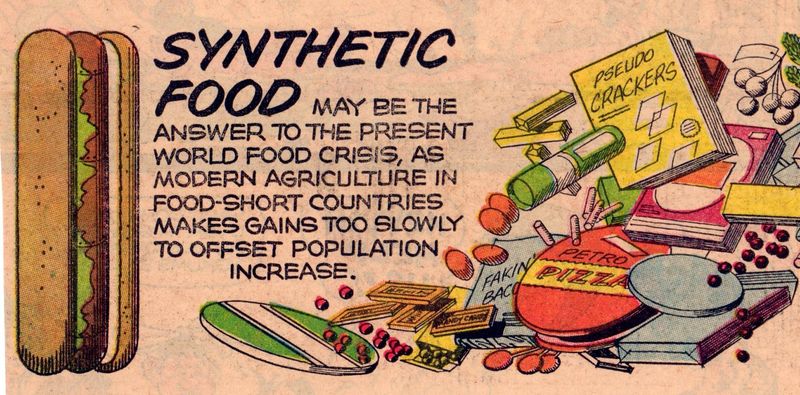
Thanksgiving at my house would be very different if the food pill predictions had come true! Food scientists in the 1950s seriously predicted that by 2000, traditional cooking would be obsolete, replaced by nutritionally complete pills and capsules for everyday consumption. These weren’t just vitamin supplements but complete meal replacements containing proteins, carbohydrates, fats, and flavor compounds.
Special dinner pills would taste like steak, while breakfast pills might release the flavors of bacon and eggs. Kitchens would shrink to medicine-cabinet size, with real cooking becoming an occasional hobby rather than a daily necessity. While we do have meal replacement shakes and nutrition bars, the sensory pleasures and social aspects of eating proved too important to abandon.
The prediction failed to appreciate food’s cultural significance and the complex psychology of eating. It also underestimated the technical challenge of packing complete nutrition and satisfying flavors into pill form. My kitchen remains full-sized, my cookbook collection keeps growing, and I’m perfectly happy about that!
11. Domed Cities With Perfect Weather
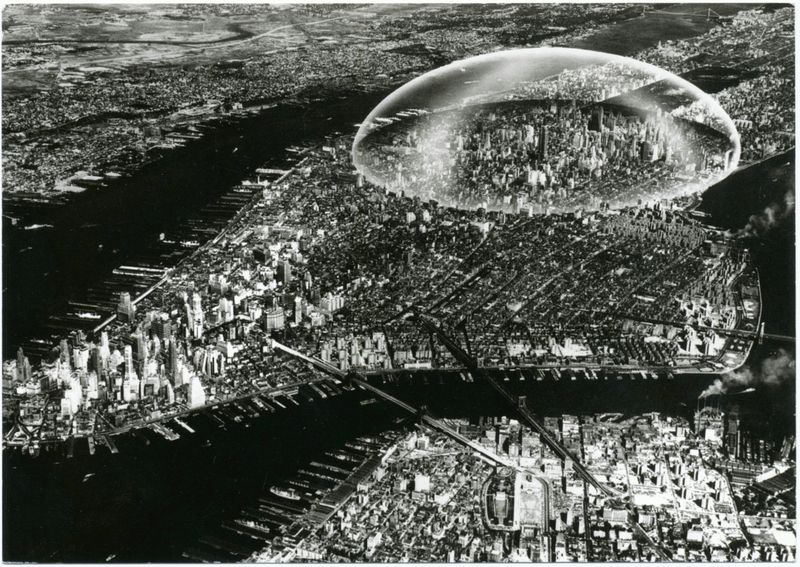
During last winter’s blizzard, I found myself wishing for the domed cities predicted in the 1950s. Prominent urban planners and futurists were convinced that by 2000, major cities would be covered with enormous climate-controlled domes! These massive structures would create perpetual spring weather regardless of outside conditions. Snow, rain, and extreme temperatures would become distant memories for urban dwellers.
The domes would filter pollution, block harmful radiation, and even adjust oxygen levels for optimal health. Cities like New York and Chicago would become year-round paradises. While we’ve built impressive enclosed spaces like Dubai’s Mall of the Emirates (complete with indoor skiing), city-wide domes proved economically and technically unfeasible.
The engineering challenges of ventilation, structural integrity, and emergency access were vastly underestimated. The prediction also failed to anticipate growing environmental consciousness and our desire to maintain connection with natural cycles. Still, during January in Minnesota, the idea remains tempting!
12. Rocket Mailmen Would Deliver Letters

My philatelist uncle has a whole collection of stamps depicting the rocket mail service we were supposed to have by now. Postal experts in the 1950s confidently predicted that by 2000, urgent mail would be delivered via small rockets capable of crossing continents in under an hour! These postal rockets would launch from specialized facilities, fly through the upper atmosphere, and deploy parachutes to land at destination postal centers.
Some versions even included mail carriers equipped with personal rocket packs for final delivery to your doorstep! The entire global postal system would become an elaborate network of ballistic mail shots. While we did develop overnight delivery services, they rely on conventional aircraft rather than rockets. The prediction dramatically underestimated the costs and safety concerns of routine rocket launches.
What the futurists never saw coming was email and digital communication, which made physical document delivery less urgent. The closest we came was the experimental rocket mail tests in the 1950s-60s, which ultimately proved impractical. Still, imagine getting your Amazon packages via parachute drop!
13. Underwater Vacation Resorts For Families
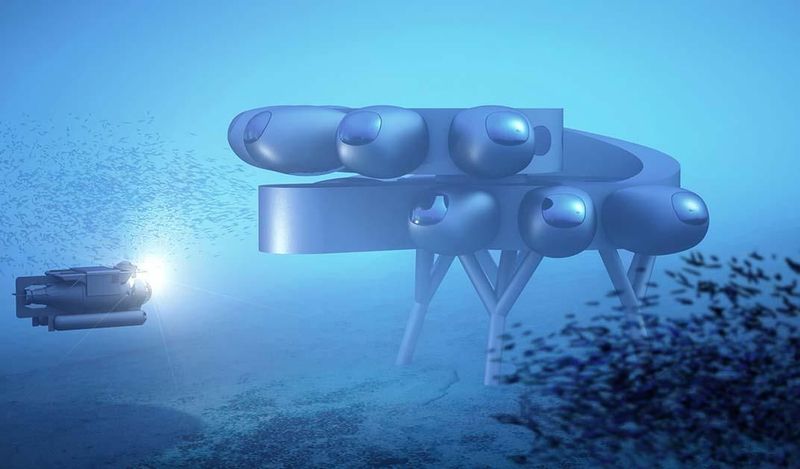
The travel brochure from 1957 I found at a flea market promised underwater vacations would be standard by 2000. I’m still waiting for my reservation confirmation! Tourism experts predicted submarine hotels would dot coastal areas worldwide, offering families the chance to sleep with fish swimming outside their windows. These wouldn’t be simple diving excursions but full-service underwater resorts with restaurants, dance floors, and shopping areas beneath the waves.
Glass tunnels would connect various sections, while special submarines would take guests on tours of deeper areas. Promotional materials showed children feeding fish through special hatches and couples dancing in ballrooms surrounded by coral reefs.
While we do have some underwater restaurants and a few exclusive underwater hotel rooms, mass underwater tourism never materialized. The technical challenges of pressure management, emergency evacuation, and construction costs proved prohibitive. The prediction also underestimated environmental concerns about building extensive structures on fragile reef systems. For now, most of us experience underwater worlds through glass-bottom boats or scuba diving excursions rather than weeklong stays in aquatic hotels.
14. Moving Sidewalks Instead Of Streets
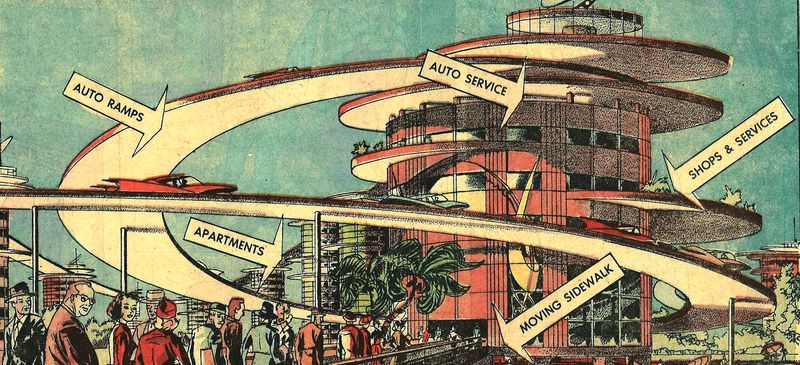
After my last airport sprint to catch a connection, I wondered why we don’t have moving sidewalks everywhere like the 1950s predicted. Urban planners were certain that by 2000, traditional streets would be replaced by elaborate systems of conveyor belt sidewalks moving at various speeds! These people-movers wouldn’t just connect buildings—they’d replace roads entirely.
Multiple lanes would travel at different speeds (up to 60 mph in express lanes), with pedestrians hopping between them like aquatic frogs on lily pads. Cities would become massive machines perpetually in motion, with buildings acting as transfer stations between different moving walkway systems. Beyond airports and some shopping centers, the moving sidewalk revolution stalled.
The prediction failed to consider maintenance challenges, energy requirements, and accessibility issues. It also overlooked our attachment to personal transportation and the complexity of retrofitting existing cities. Plus, imagine trying to deliver furniture when the entire street is moving! The concept lives on in science fiction and those blessed airport walkways that briefly make us feel like Olympic sprinters.
15. Housewives Would Use Hoses To Clean Houses

My mother still laughs about the “hose-down house” predictions whenever she’s mopping. Waldemar Kaempffert, science editor of The New York Times, famously predicted that by 2000, housekeeping would be revolutionized by fully waterproof homes that could be cleaned with a garden hose! These futuristic houses would feature synthetic furniture, built-in drains in every room, and waterproof everything.
Cleaning day would involve simply spraying down the entire interior with water (and possibly detergent), then letting everything drain and dry automatically. No more dusting, vacuuming, or scrubbing—just spray and walk away! While we have developed waterproof materials and improved cleaning tools, the all-hose house remains a pipe dream.
The prediction failed to consider the impracticality of getting electronics, books, clothing, and personal items soaking wet on a regular basis. It also underestimated our preference for varied textures and natural materials in our living spaces. Though I must admit, sometimes when facing a particularly messy kitchen, the hose option still sounds appealing!
